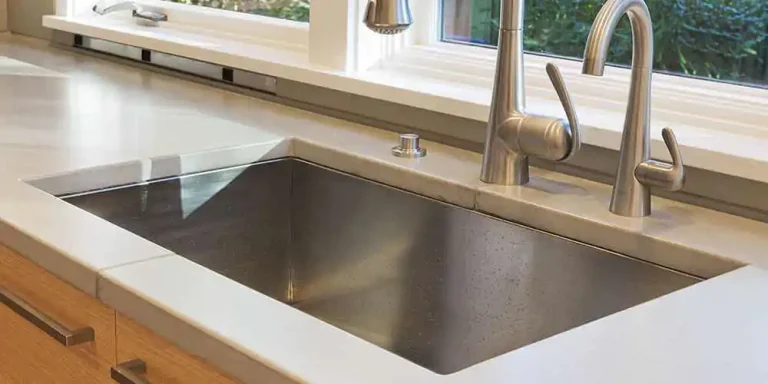- Over 35 years of industry experience
- State-of-the-art cleaning equipment
- Safest and efficient cleaning practices
- Commercial cleaning experts
- Free Quotations & Site Surveys
- Fully Trained & Insured
How To Clean A Sink
Sinks endure a lot of wear and tear. Used day-in-day-out, if not cleaned regularly, they can soon become stained, smelly and unsightly. But with a bit of care and attention – and following Scott & Sons’ cleaning steps! – you can keep your sink in the best condition.
Equipment Needed:
- Rubber Gloves
- Spray Cleaner
- Sponge
- Old Toothbrush
- Vinegar
Method:
Step 1:
Clear the sink and surrounding area of any bits and bobs i.e. toothbrushes, soaps etc.
Step 2:
Use hot soapy water and a sponge to clean the inside of the sink bowl.
Step 3:
Apply more pressure to areas that may be stained or have a buildup of residue.
Step 4:
For a deeper clean, spray some antibacterial bathroom cleaner to the surface and surrounds of the sink and use the sponge again to scrub the basin.
Step 5:
Run the tap and rinse the sink to get rid of any soap suds.
Different Types Of Sinks:
Ceramic sinks:
Substances such as strong chemicals, alkalies (ammonia), paint strippers and nail varnish remover can damage the glaze of the sink, so should be washed off immediately.
Stainless steel sinks:
Try to avoid bleaches lingering in the sink for too long as this can provoke corrosion. This applies to certain food types too, such as pickles, vinegars, salts and fruit juices.
Composite sinks:
If the water in your area is hard water (mostly found in the South East of England, then your composite sink could become discoloured and stained from limescale. To avoid the buildup of limescale, wipe the sink out with a dry cloth after use.




Get in Contact
Get in touch with us today. Alternatively, you can email us and a member of our team will get back to you as soon as possible. Our opening hours are Monday to Friday from 9am to 5pm.


